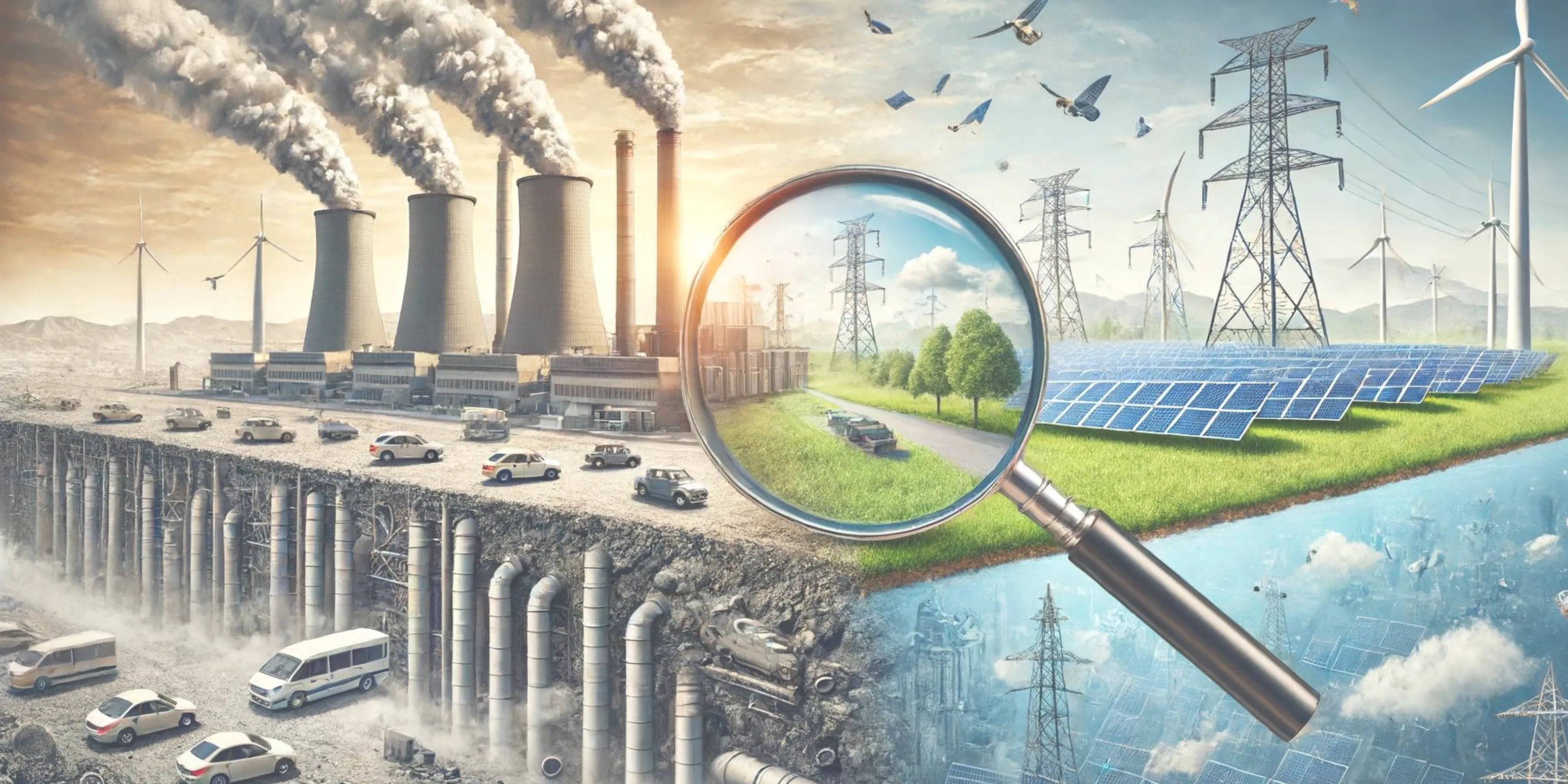
Energy Reimagined
At Solential Energy, we’re not just a renewable energy company—we’re energy architects. Our innovative solutions empower organizations to take control of their energy ecosystems, combining solar PV, microgrids, energy storage, and alternative fuels into seamless systems. With a commitment to sustainability and data-driven insights, we design energy solutions that enhance resilience, reduce costs, and pave the way for a greener future.

